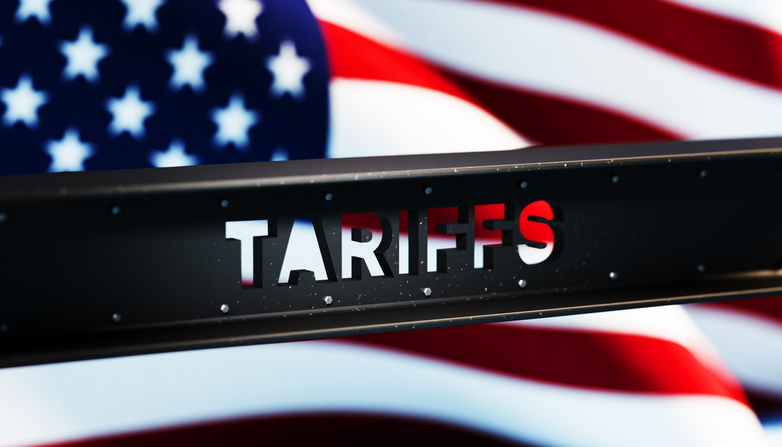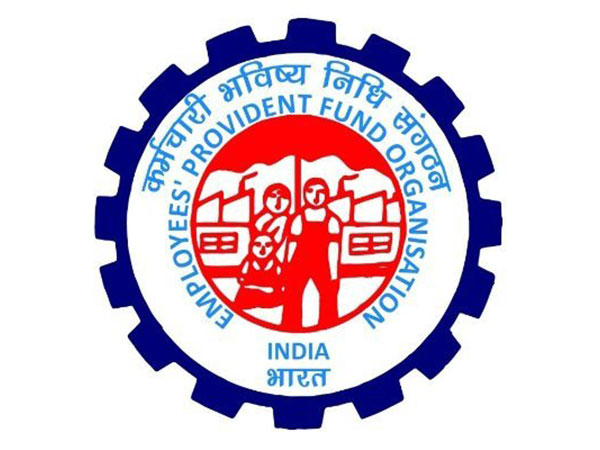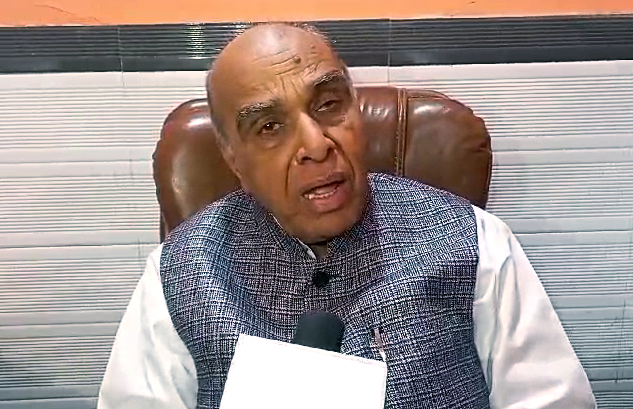The United States’ new trade policy, announced by President Donald Trump on Wednesday, will determine tariffs based on the type of goods being exported and their country of origin, according to Ajay Srivastava, founder of the Global Trade Research Initiative (GTRI).
Under the new policy, certain goods will be exempt from tariffs. Essential and strategic items such as pharmaceuticals, semiconductors, copper, and energy products—including oil, gas, coal, and liquefied natural gas (LNG)—will face zero tariffs.
For products containing 20 percent or more U.S.-made content, only the non-U.S. portion will be subject to tariffs. Imported goods sent through the postal network and valued at or under $800 would now be subject to a duty rate of either 30% of their value or $25 per item, with that rate increasing to $50 per item after June 1.
A 25 percent tariff will apply to key industrial sectors, including aluminum, steel, automobiles, and auto parts, and will be imposed on most countries.
For most other goods, a two-tiered tariff system will take effect. Starting April 5, 2025, all imports will be subject to a 10 percent baseline tariff. Then, from April 9, 2025, certain countries will face country-specific tariffs, which will replace the baseline tariff.
From April 9, imports from India could face tariffs as high 26 percent. However, essential and strategic goods such as pharmaceuticals, semiconductors, copper, and energy products will remain exempt from any new tariffs.
“The actual tariff a country faces depends on what it’s exporting and how its trade practices align with U.S. economic and national security interests,” Srivastava stated.
The new tariff policy is outlined in Executive Order-Sec. 2, The Reciprocal Tariff Policy, which states:
“The additional ad valorem duty on all imports from all trading partners shall start at 10 percent and shortly thereafter, the additional ad valorem duty shall increase for trading partners enumerated in Annex I to this order at the rates set forth in Annex I to this order. These additional ad valorem duties shall apply until such time as I determine that the underlying conditions described above are satisfied, resolved, or mitigated.”
(Inputs from ANI)




















